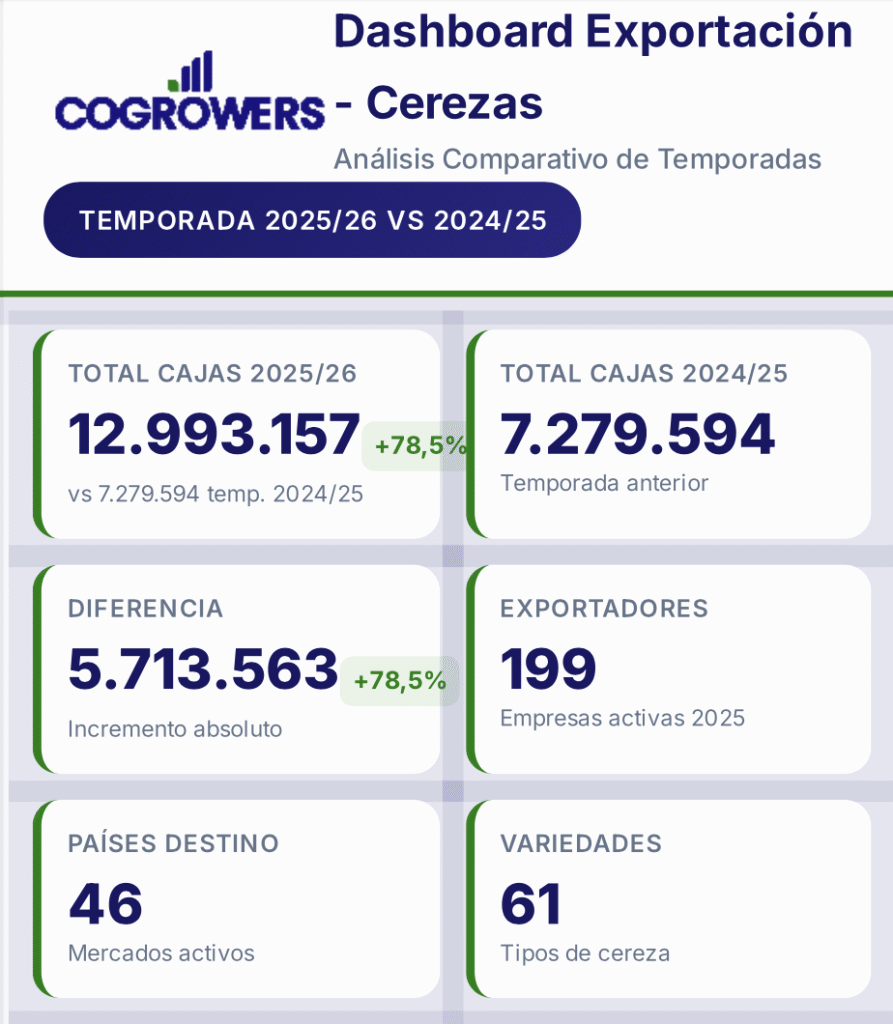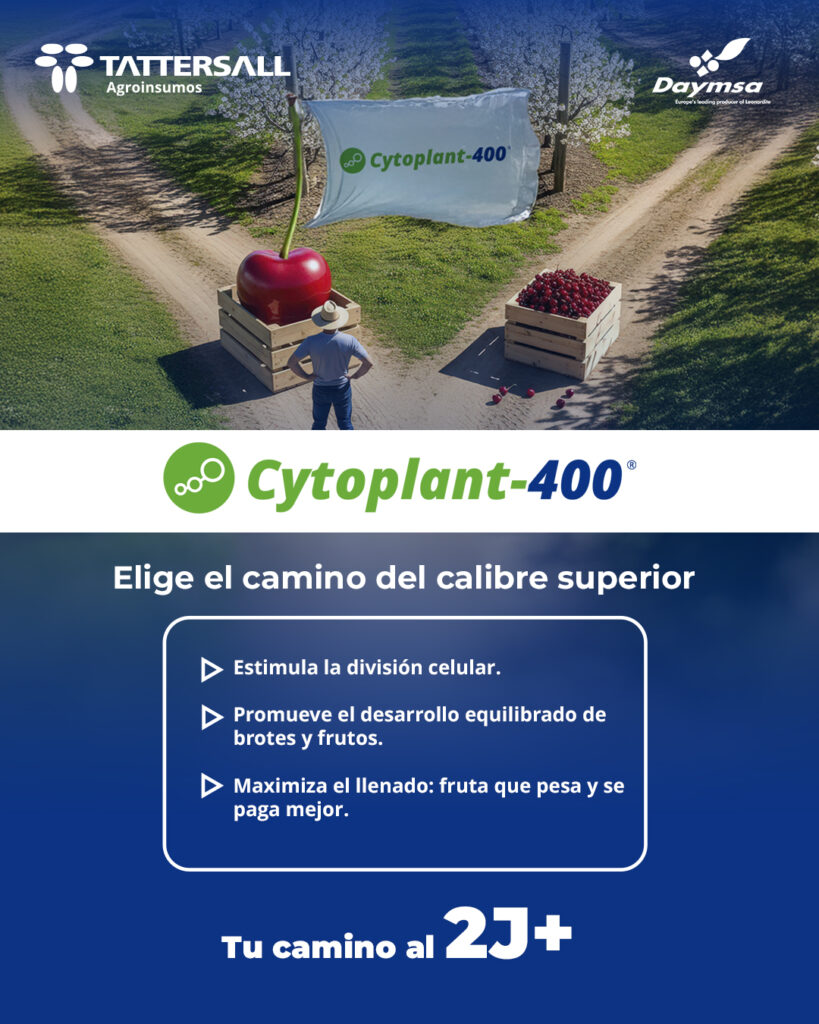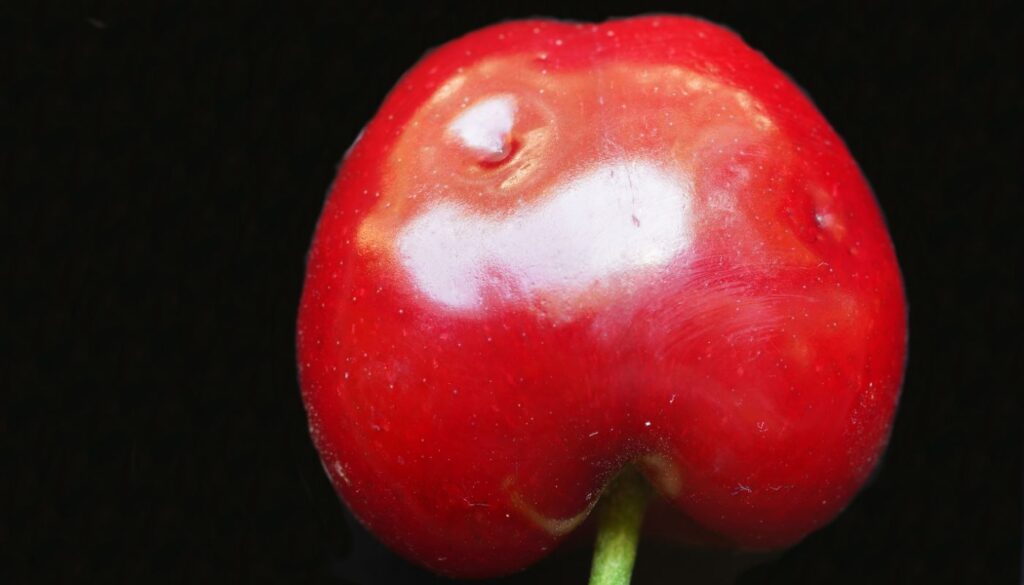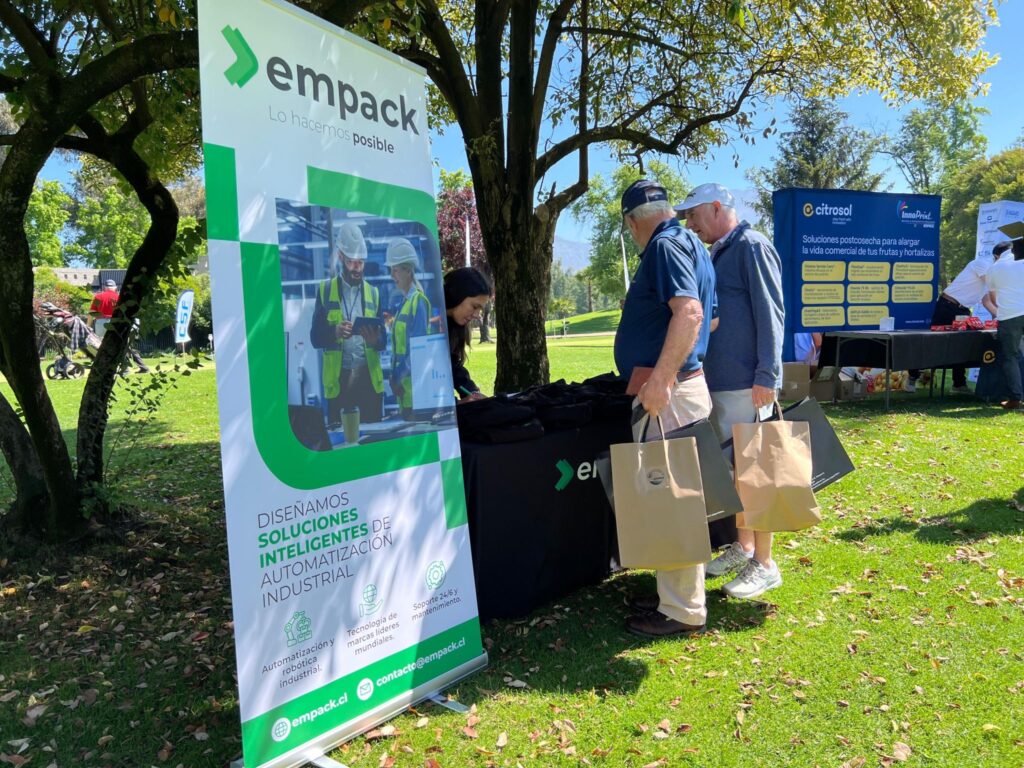Fruit set in cherries is a key process in the production of this crop. Its problems are multifactorial, that is, it depends on many factors, such as: Genetics (variety), type of pollination (cross-pollination or self-fertile, although the latter alone does not guarantee perfect fruit set), winter cold hours (optimal flowering), levels of reserves accumulated in the previous summer and autumn, among others. We can have all these variables in perfect order, but if the temperatures during flowering are not favorable, bees will fly little and the pollen tubes will elongate so slowly (see Fig. 0) that they will not be able to fertilise the ovules before they are no longer viable and we will have poor fruit set.
This is why the use of products that promote curdling becomes essential, for this we have KELPAK, a product widely used to increase and obtain a greater probability of setting. It is scientifically proven that hormones such as Auxins and Brassinosteroids and other compounds such as Polyamines They increase pollen grain germination and pollen tube elongation. KELPAK Thanks to its process of breaking down cells by pressure differentials, it is the only extract of Ecklonia maxima that has a typical effect Auxinic, are not mainly due to this hormone, but also to its high levels of Brassinosteroids and Polyamines (see Figure 1 and 2), being the only one of its kind that has managed to scientifically demonstrate that it increases the germination of pollen grains and significantly elongates pollen tubes, thus helping to obtain optimal sets with optimal sizes (Fig 3).
KELPAK It is a biostimulant product, sold from this season, exclusively by Bayer In Chile, it is important to highlight and not confuse with other products that claim to be similar, only because they are produced with the same algae (Ecklonia maxima), any change in the way of harvesting and/or producing the extract, will end in a very different extract and therefore, the results of Kelpak cannot be extrapolated to other extracts of the same algae and what to say, if they are from another species of algae, products based on the algae Ascophylum Nodosum, for example, whose main characteristic is its physiological activity type Cytokinetic, and therefore could reduce the curds, these products should ideally be used in stage I of division
cellular, that is, from the newly set fruit until the stone hardens.
This effect on pollen tubes is not only theoretical, but real, which has been proven not only in cherry trees, but in all fruit trees with difficulties in setting, such as: almond trees, hazelnut trees, plum trees (Japanese and European), walnut trees, avocado trees, etc. With significant increases (10-15%) in the quantity of fruits per plant and, most interestingly, with equal or even more calibre than the controls without application.
Generally, production increases are not as pronounced as those seen in Fig. 4, and are expected to be around 10-15% in Cherry trees.
Since many producers find it impossible to apply Kelpak 3 times during flowering, starting from the previous season, based on work carried out at the CER (Rosario Evaluation Center) in 2015 in Almond and Cherry trees, we open the recommendation, being able to do instead of 3 applications at 300cc/100 L, only 2 applications at 500cc/100 L or even only 1 application 1 L/100L as shown in Table 1. This last option is widely used in Spain in the cultivation of Almond trees.
Table 1. Application Strategies of KELPAK to set.
| Aim | Appl No. | Dosage according to alternative | Moment |
| Set/Caliber | 1either2either3 | 1 L/100L 500cc/100 L 300cc/100 L | 50% Flower 20% Flower and Full Flower.Home, 50% and Full Flower |
In self-fertile varieties and/or those with historically high production, we only allow 1 application at 300cc/100 L, not thinking about setting (1 application at that dose does not increase setting), but rather to support the cell division process that occurs by Auxinic action in flowering, as indicated in Fig. 5.
Fig. 5. Phytohormones responsible for different processes in cherries. Tapia, 2016.
After flowering and having obtained a good set, we must begin to worry about the
caliber, for this as we indicated above, in stage I, where Ascophyllum nodosum Extracts should be used as Bayfolan Algae which due to its cytokinetic action, is ideal for use in Stage I of fruit development, where they grow by cell division (see fig. 5).
Later on, in stage III, the fruits grow by Cell Elongation and then we apply Kelpak again since the Auxinic action of Kelpak is given not only by the Auxins themselves, but by the Brassinoestoirdes and Polyamines, which together with the auxins, manage to further enhance their effect on cell elongation and thus, enhance the Size and quality (firmness, color, uniformity of maturity, etc.) achieving excellent results with Kelpak, especially when it is mixed in straw-colored fruit or later, together with Gibberellic Acids (See Fig. 6).
The program of 3 applications in Flor for Cuaja and 3 applications for Calibre from hardening of the stone onwards, a test was carried out in Santina on Colt, carried out by Avium. Which gave the following results (Table 2 and 3).
Table 3. Production (kg/ha) and Quality (caliber in mm) results. Avium 2022-23
| Treatment | >28mm | Kg/ha | Increase |
| Witness | 43,2% | 16.925 | |
| Product A | 57,6% | 18.780 | +11% |
| KELPAK Flower | 47,6% | 20.714 | 22,4% |
| KELPAK Caliber | 46,4% | 17.663 | +4,4% |
| KELPAK F + C | 54,0% | 20.161 | +19% |
Application Programs:
For optimal production and high quality of your fruit, we recommend the use of Biostimulants differentiated by stage of fruit development, in varieties that need to ensure set or increase production, we recommend making 3 applications of Flor with KELPAK at 300cc/100 L or 2 applications at 500cc/100 L or 1 application at 1 L/100 L and then continue with the applications of Bayfolan Algae in stage I and KELPAK in stage III to improve the size and quality of the fruit according to the following program:
In self-fertile varieties and/or those with historically high loads, we recommend the following program:
After the last 2 applications of KELPAK together with GA3 for straw-colored and/or veracious fruit, you can continue applying KELPAK if you see that the sizes still need support from biostimulants. KELPAK works until very close to harvest, without harming or delaying maturity, always improving the quality of the fruit.
Technical Department KELP PRODUCT INTERNATIONAL (PTY) LTD.








